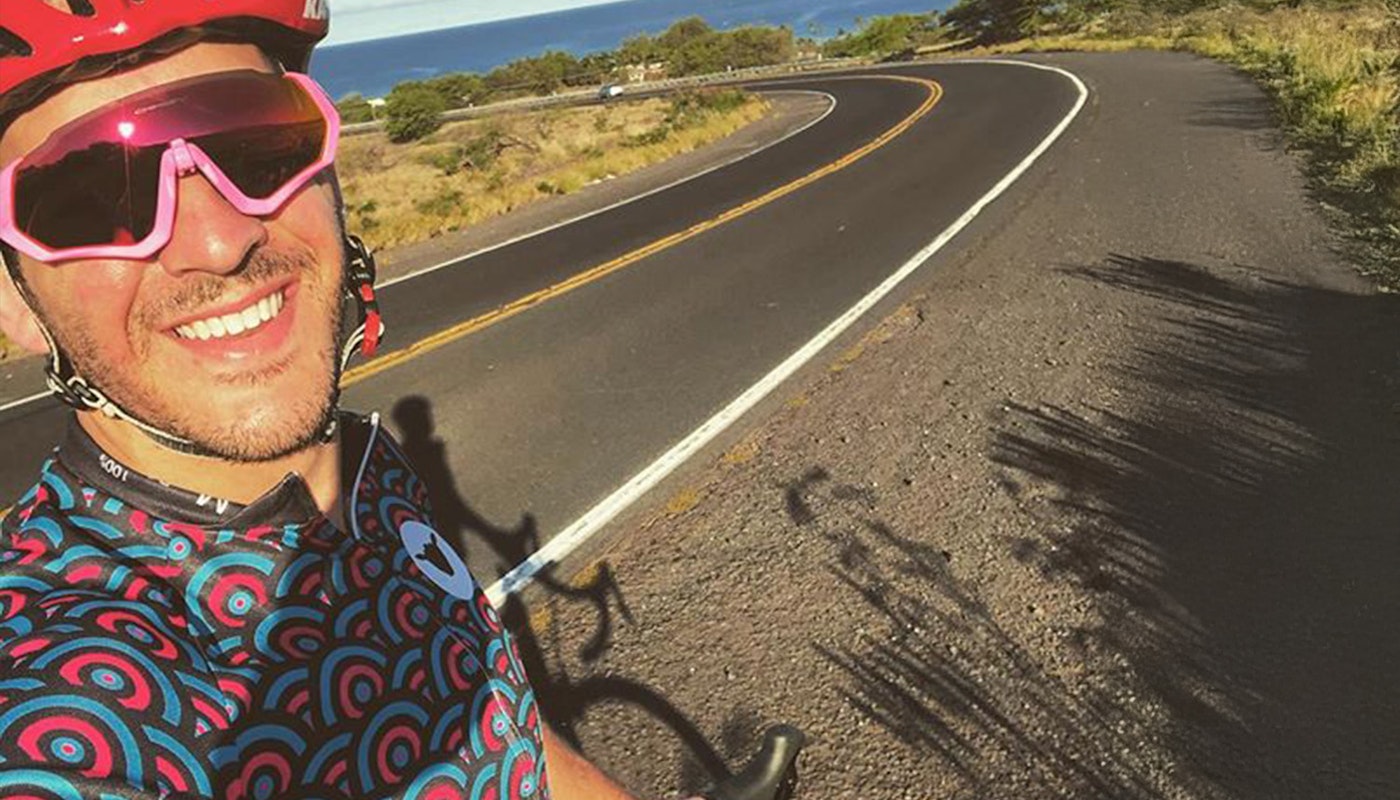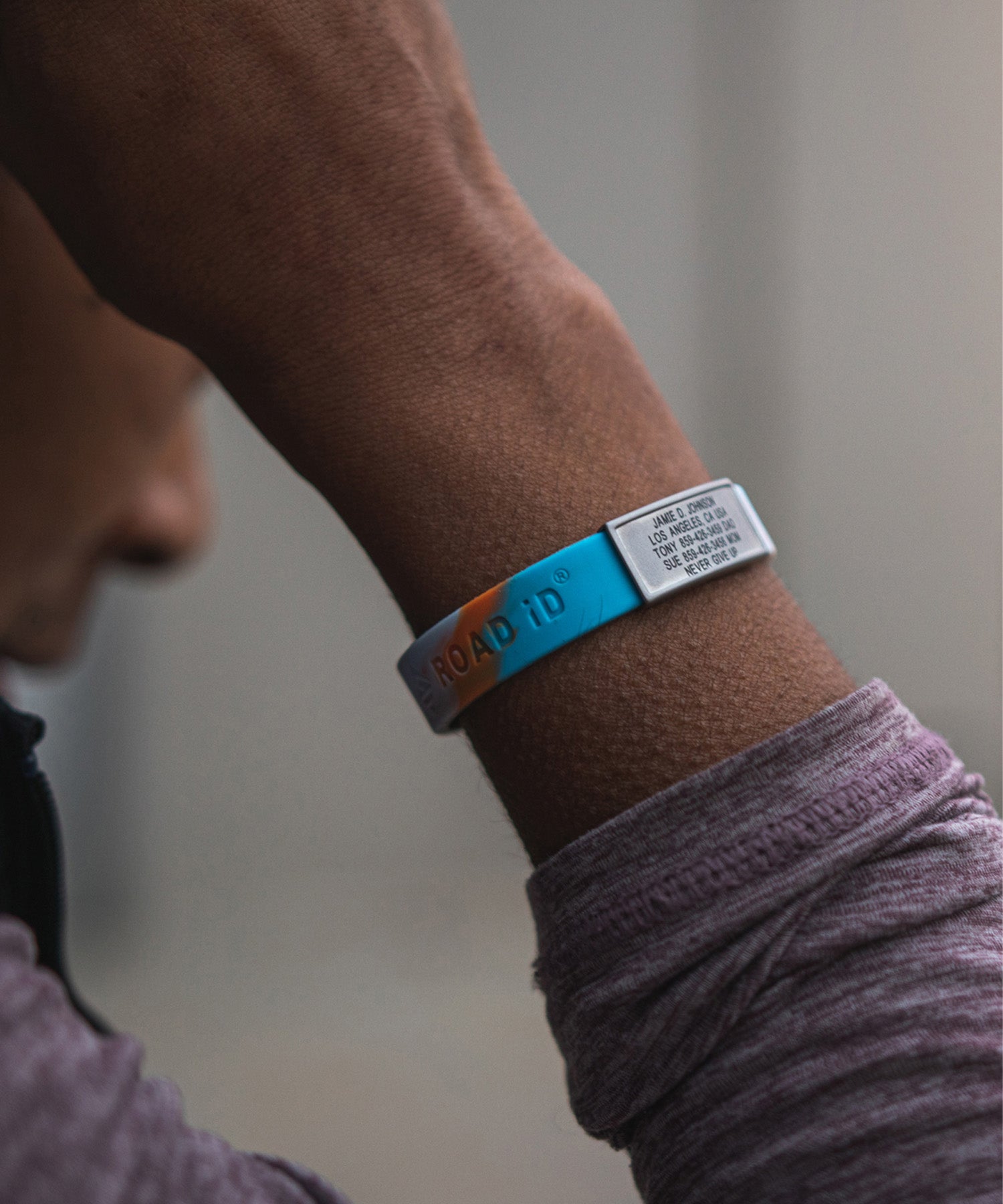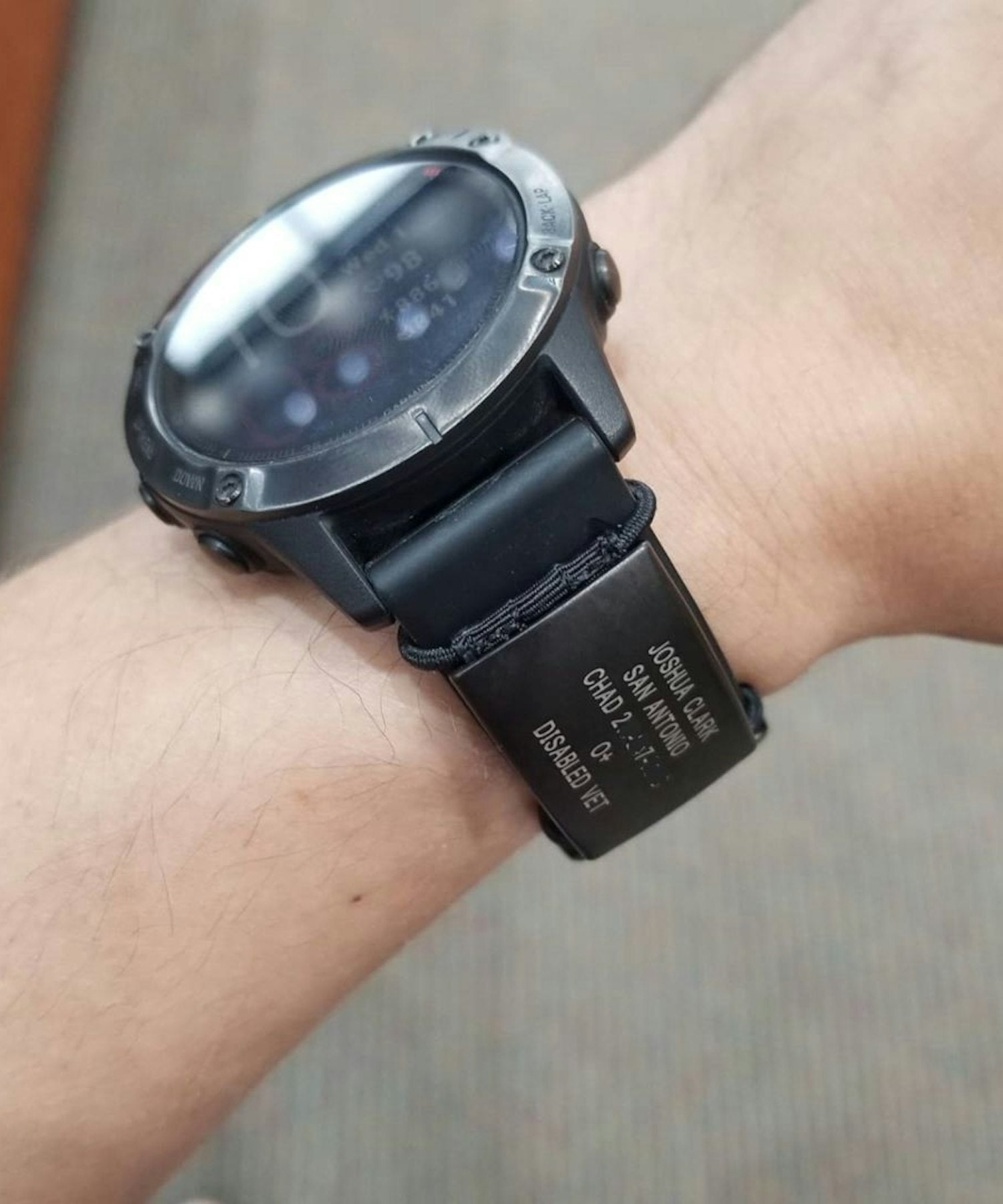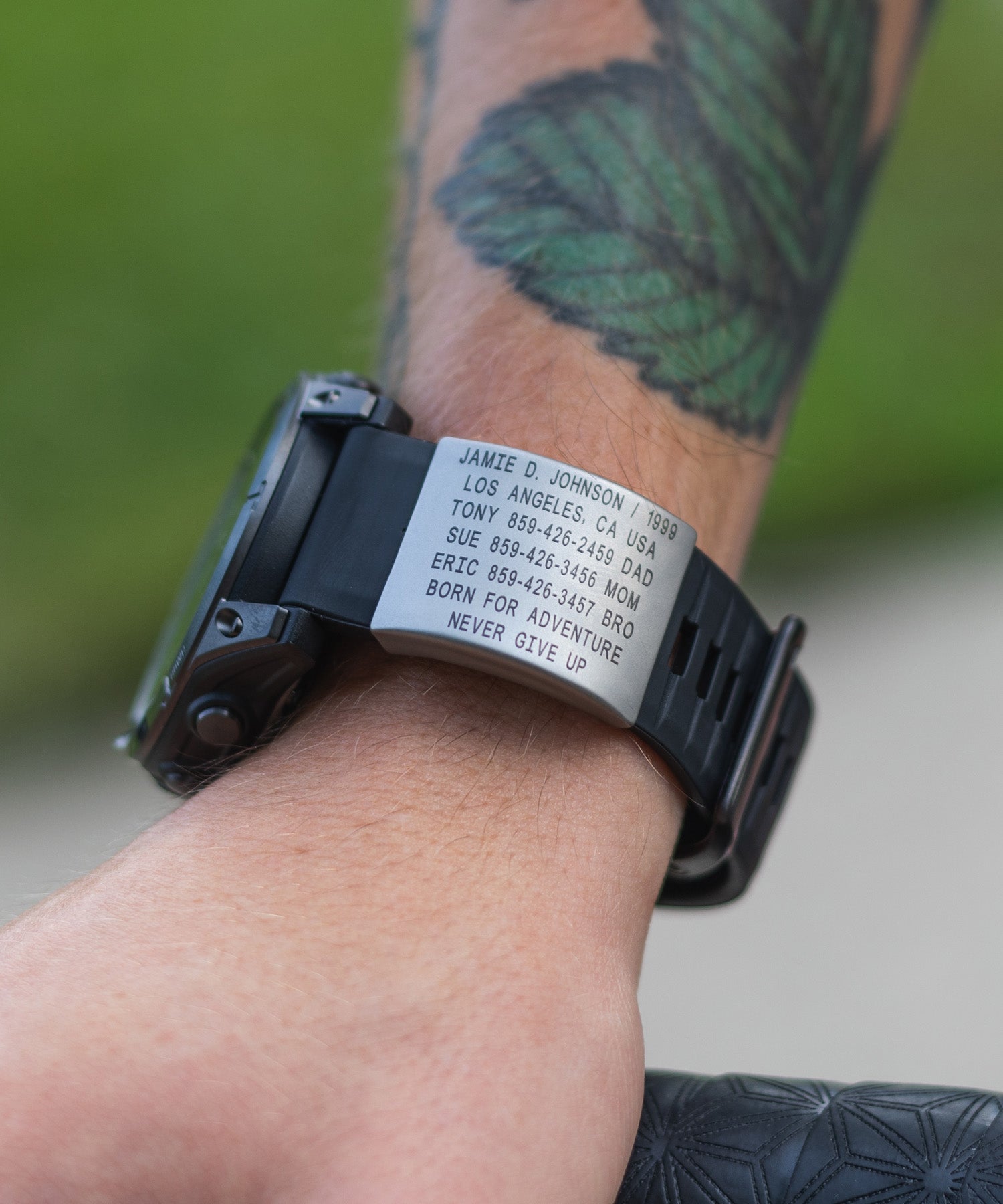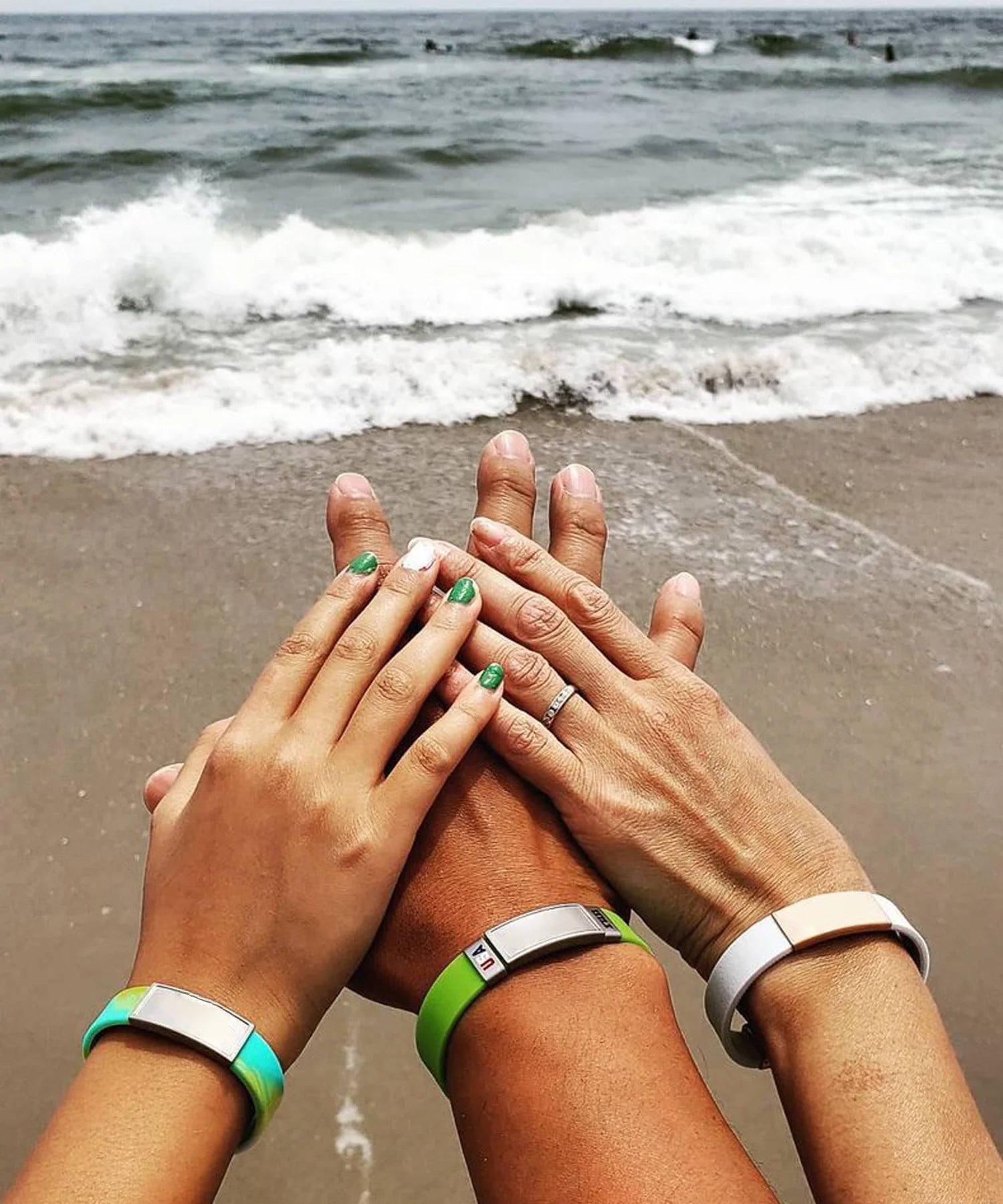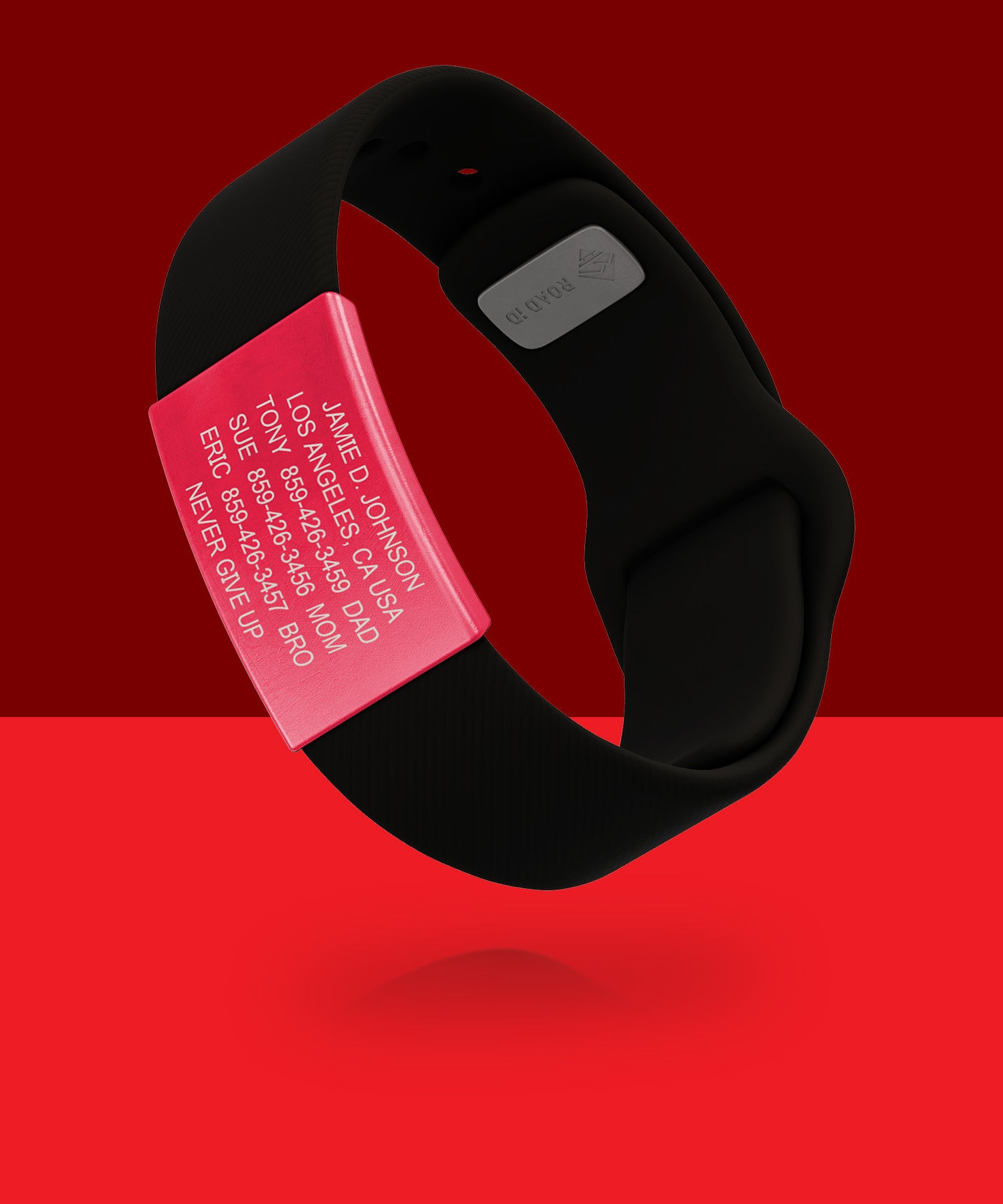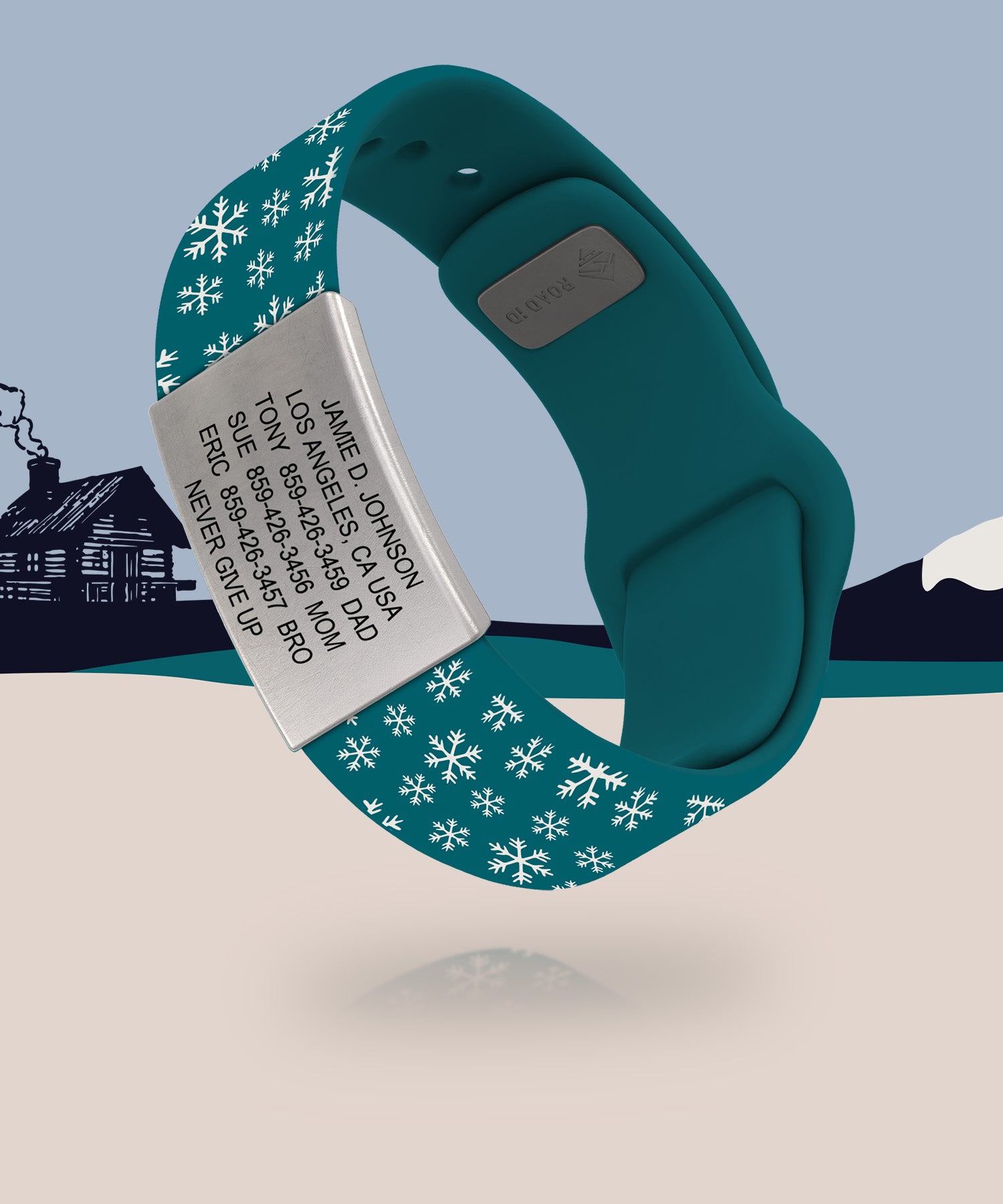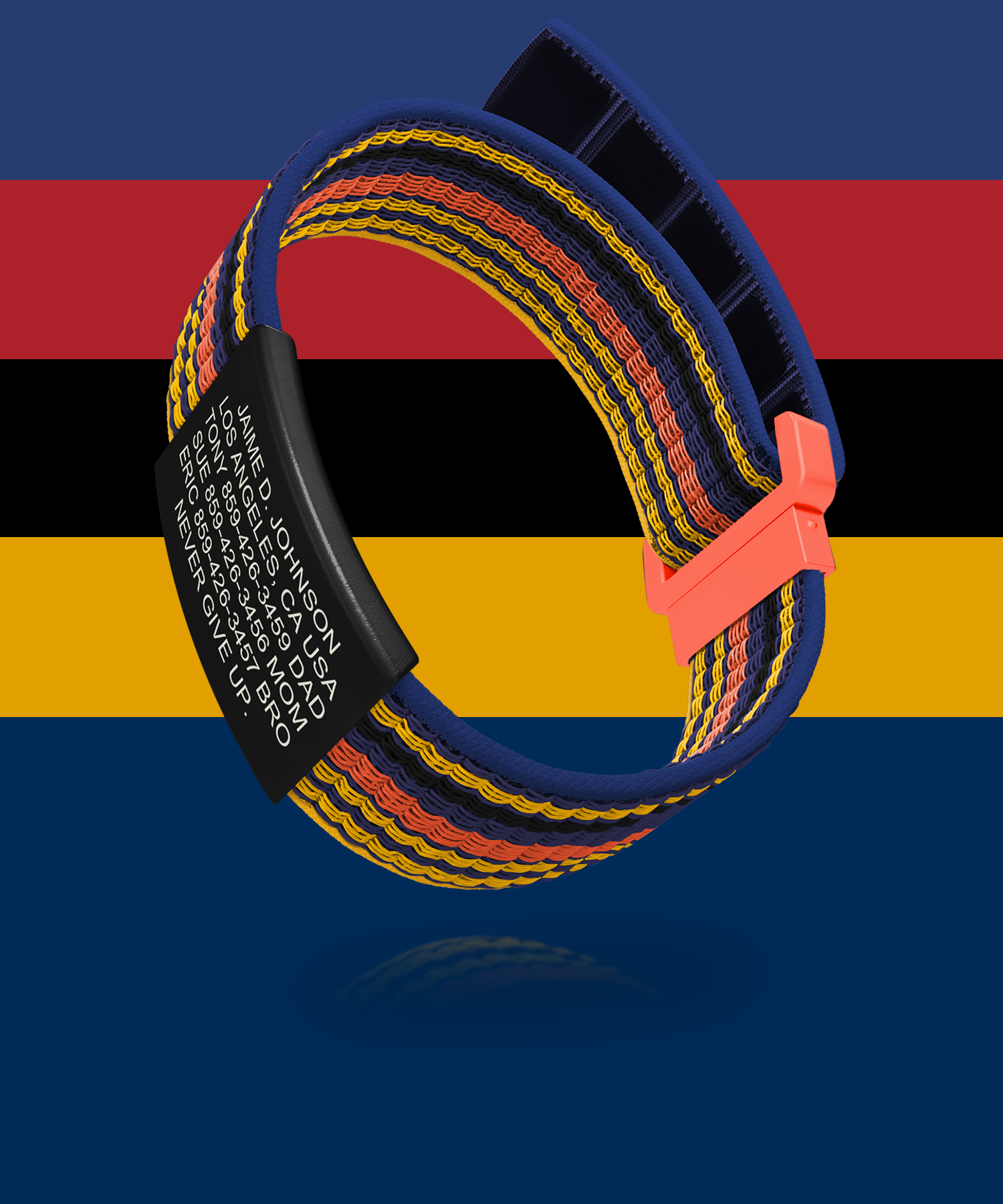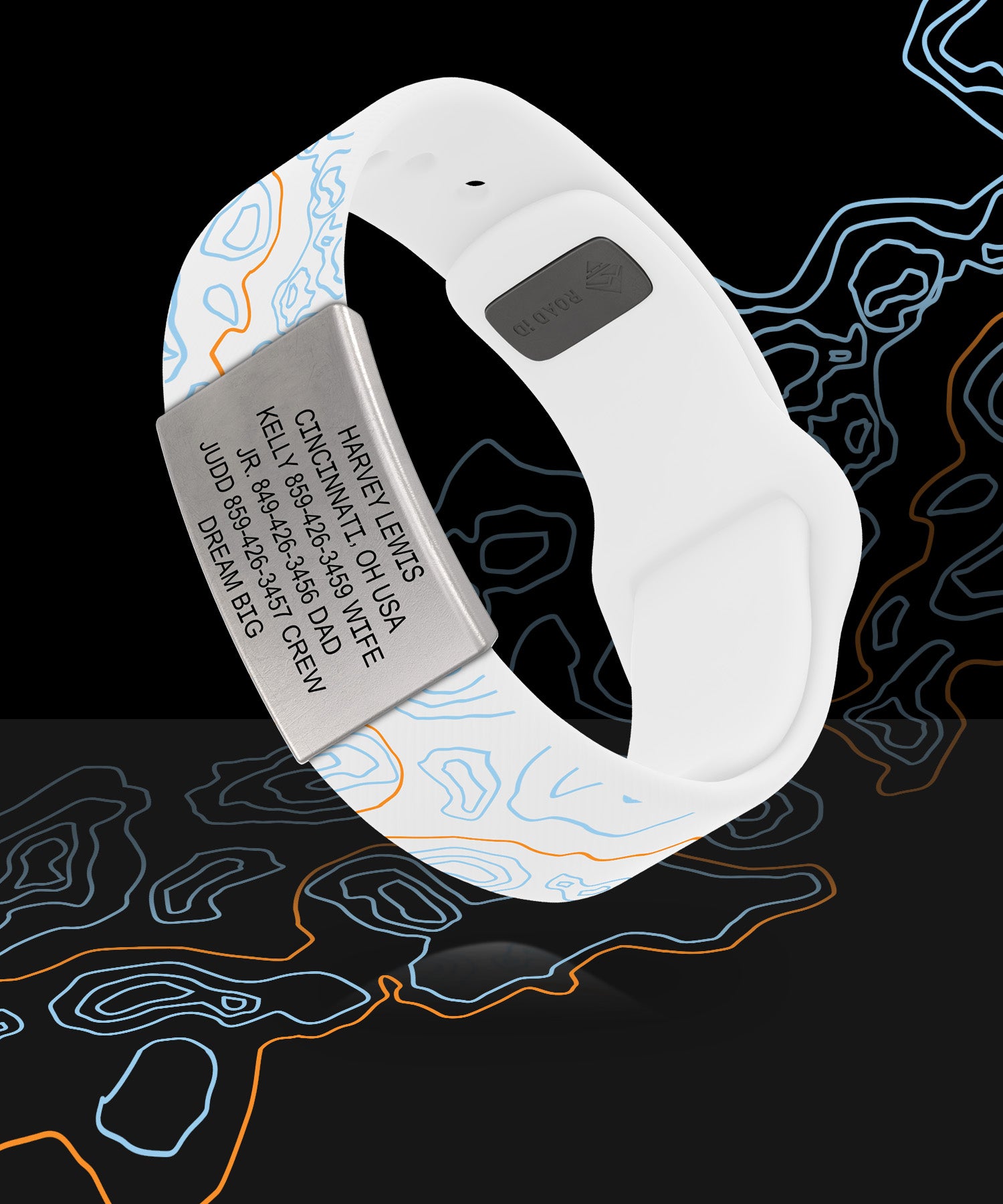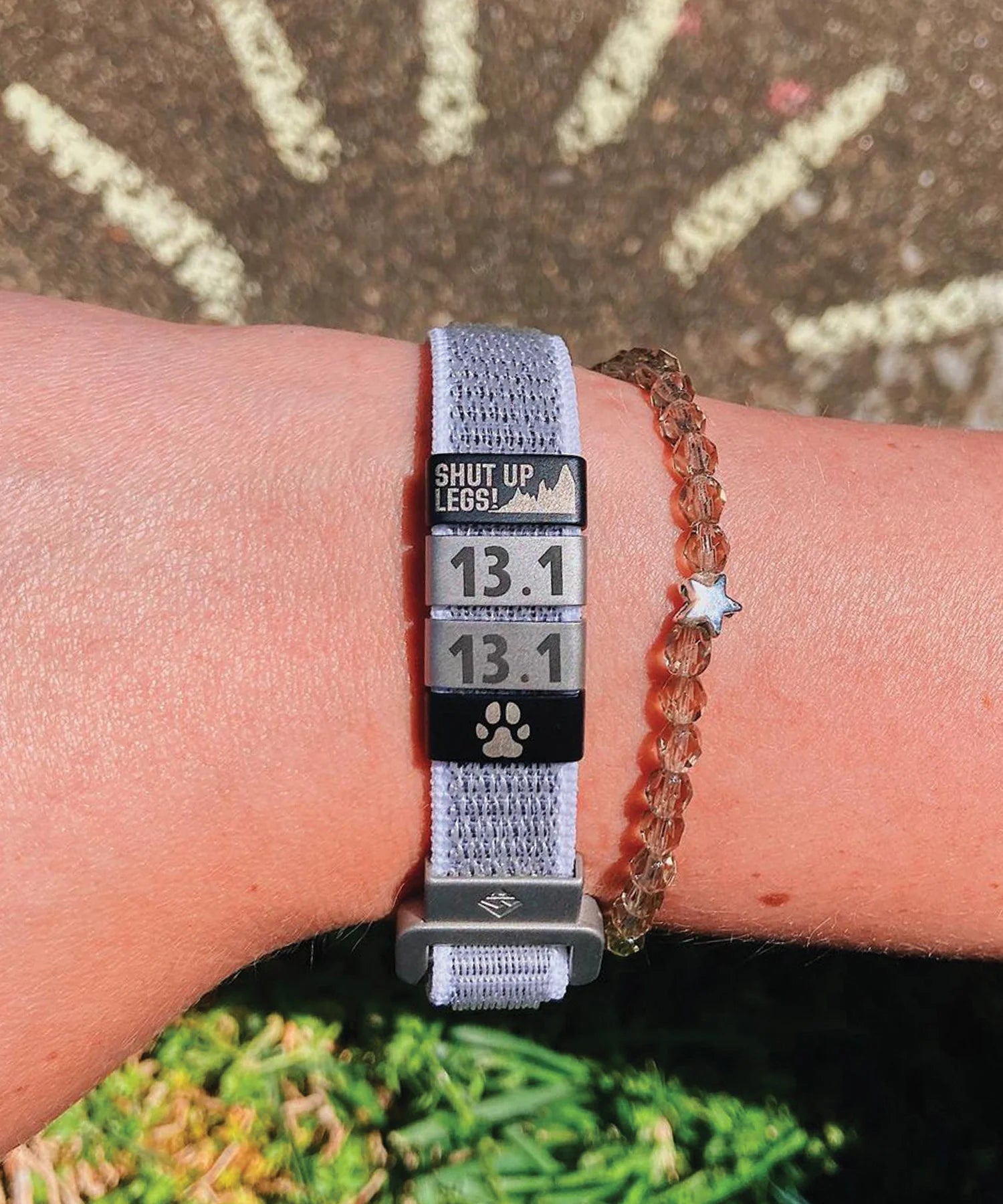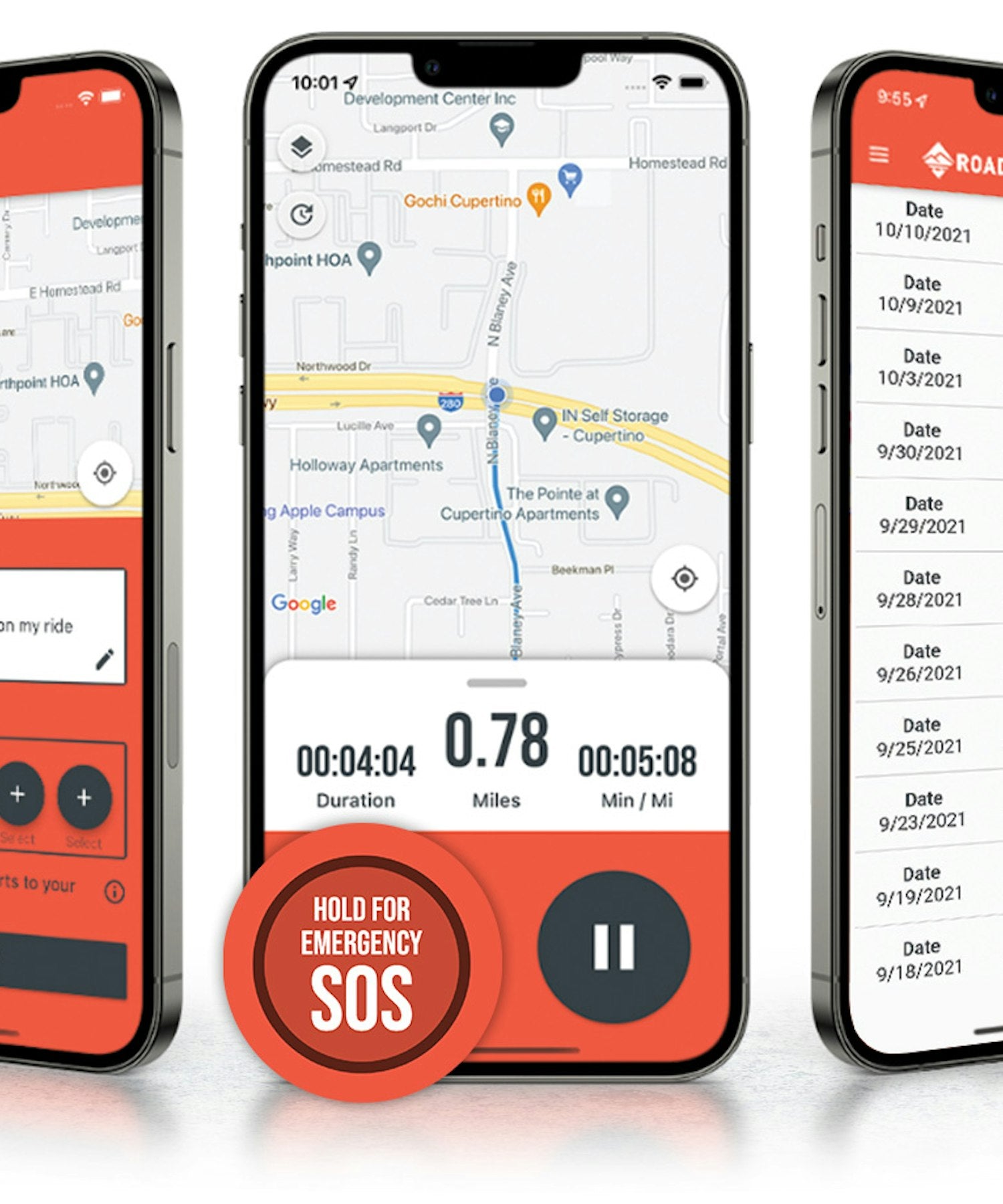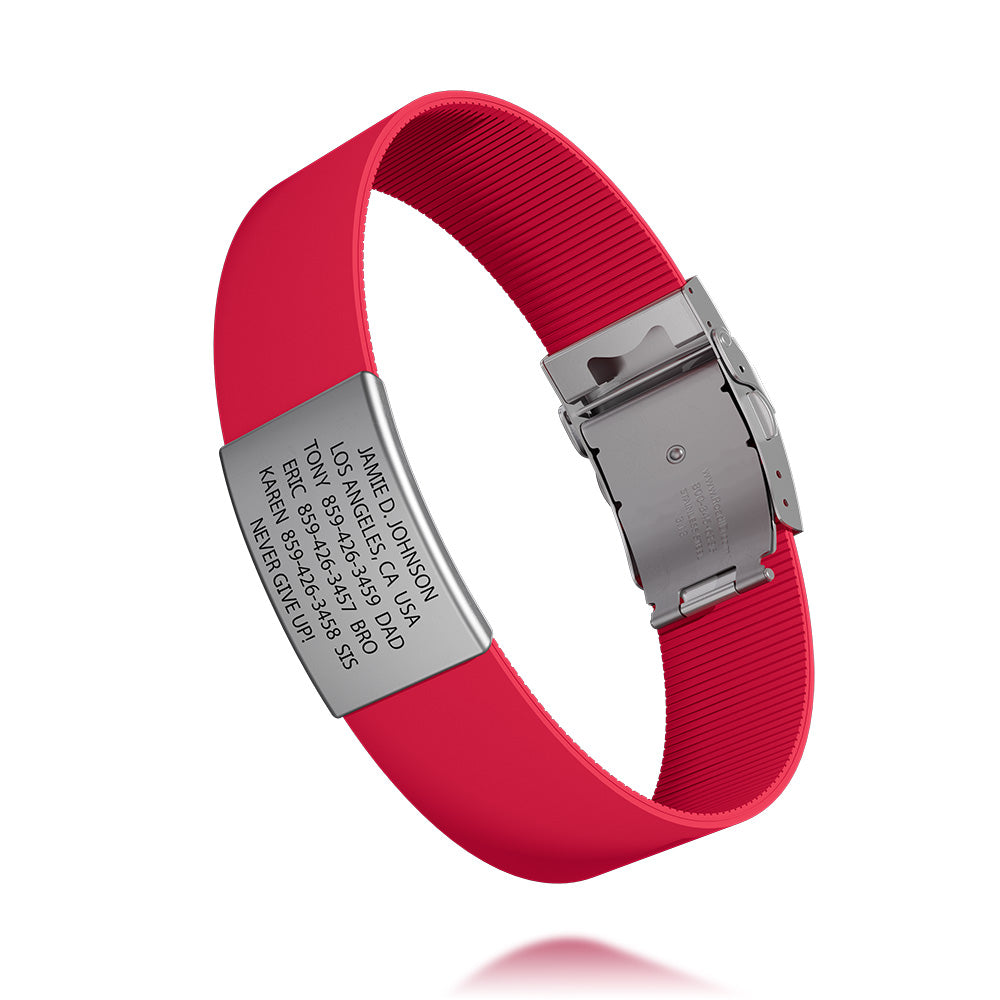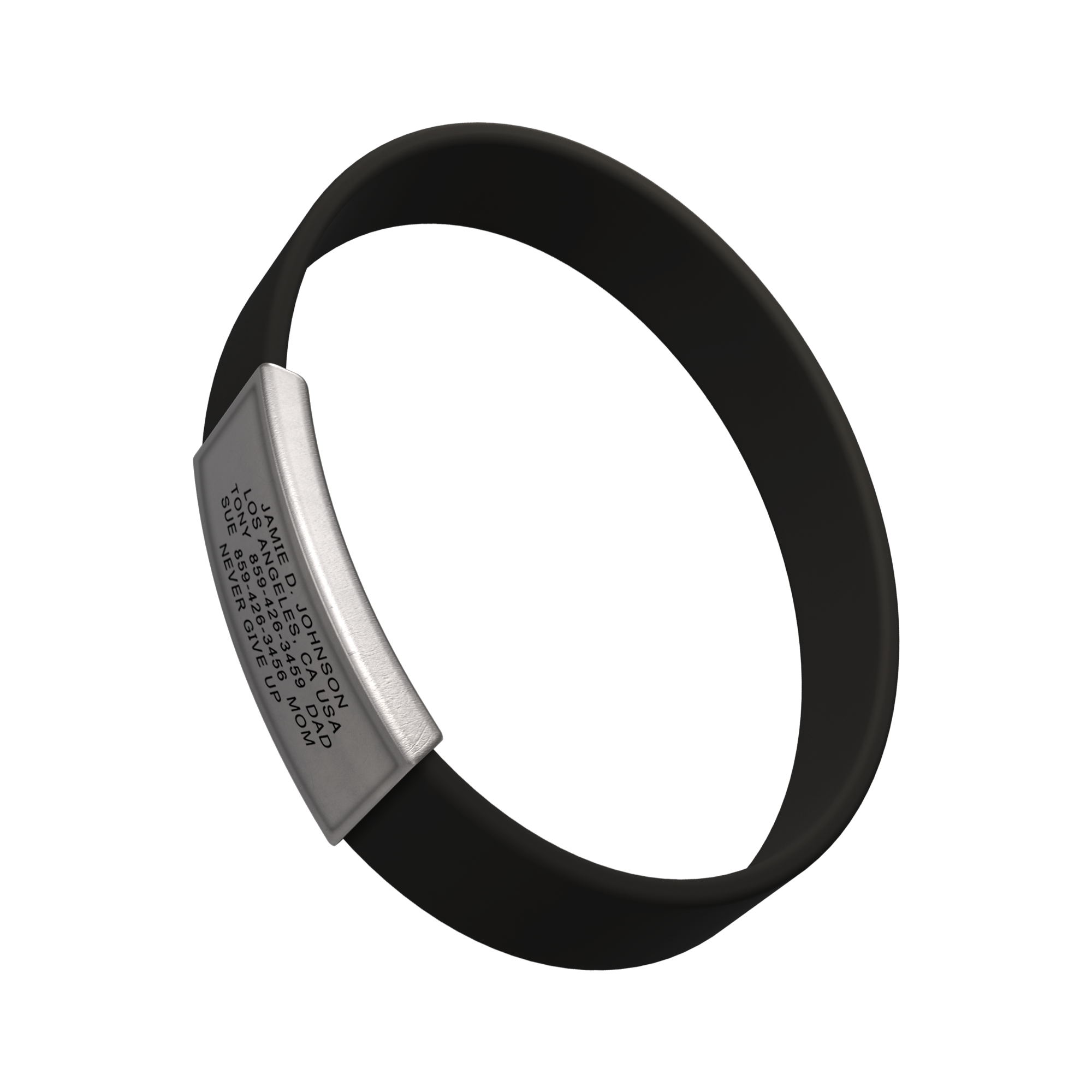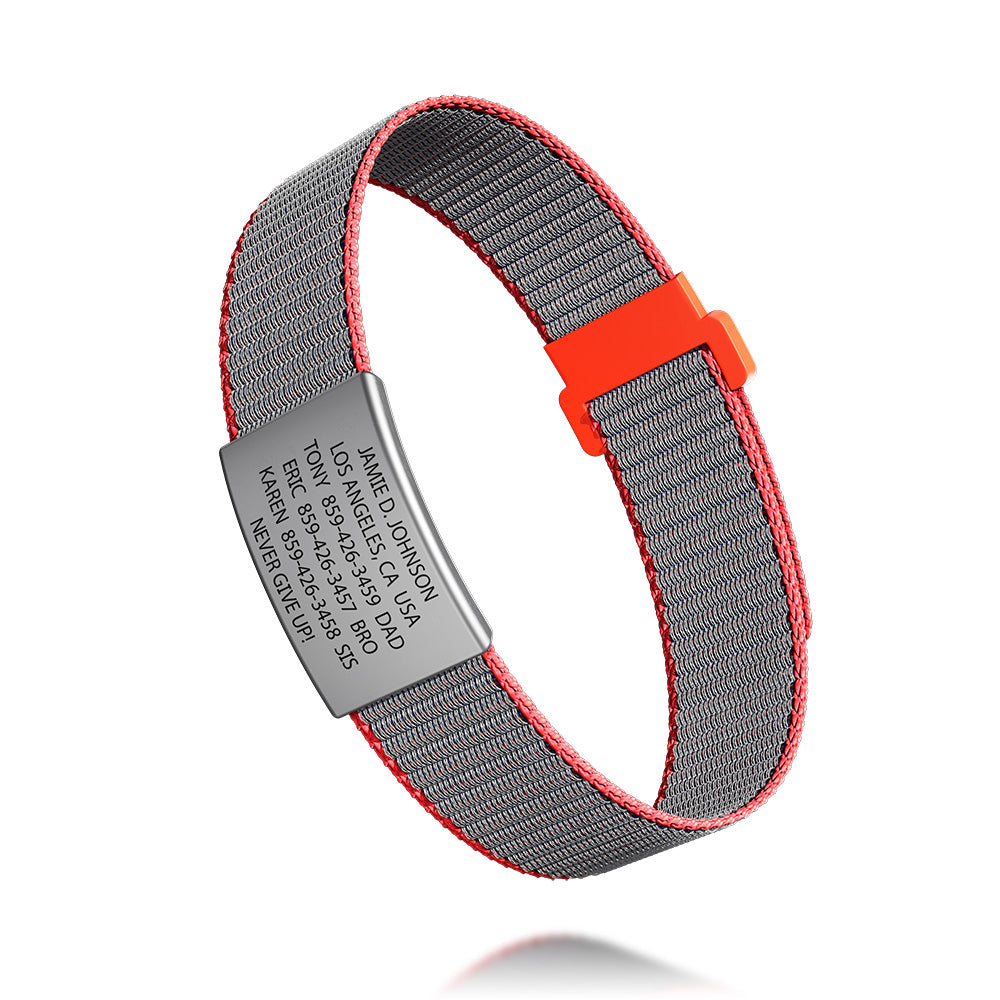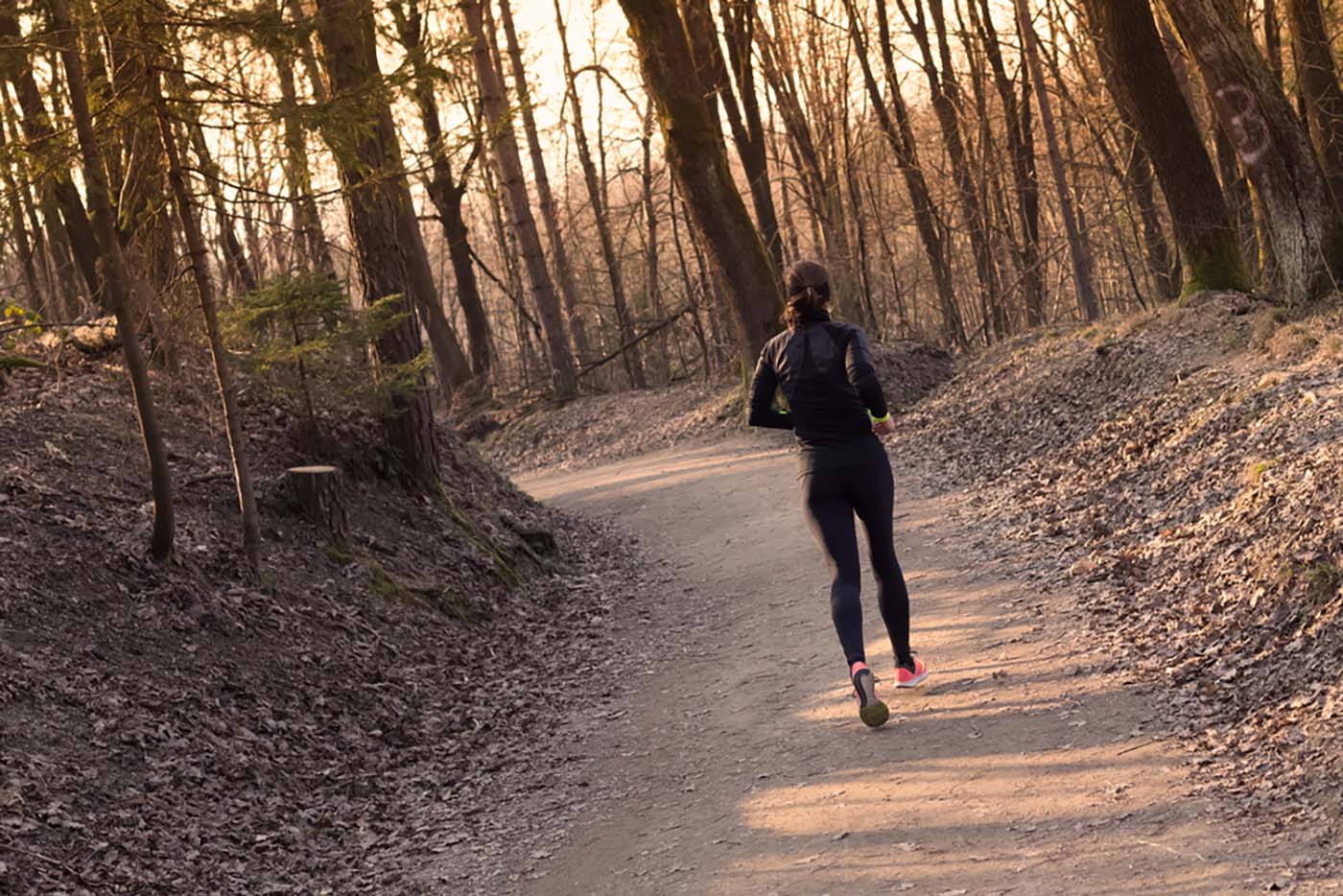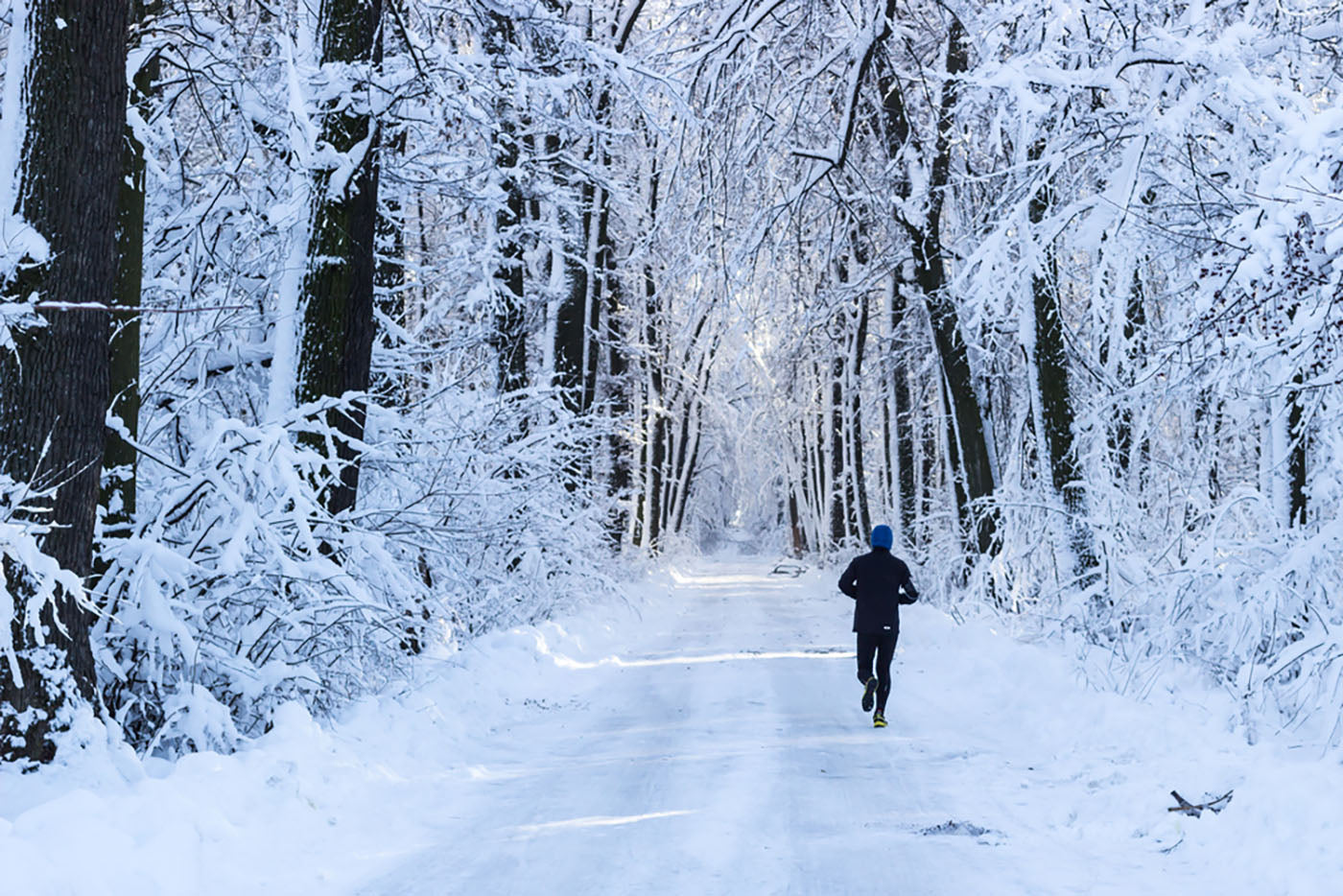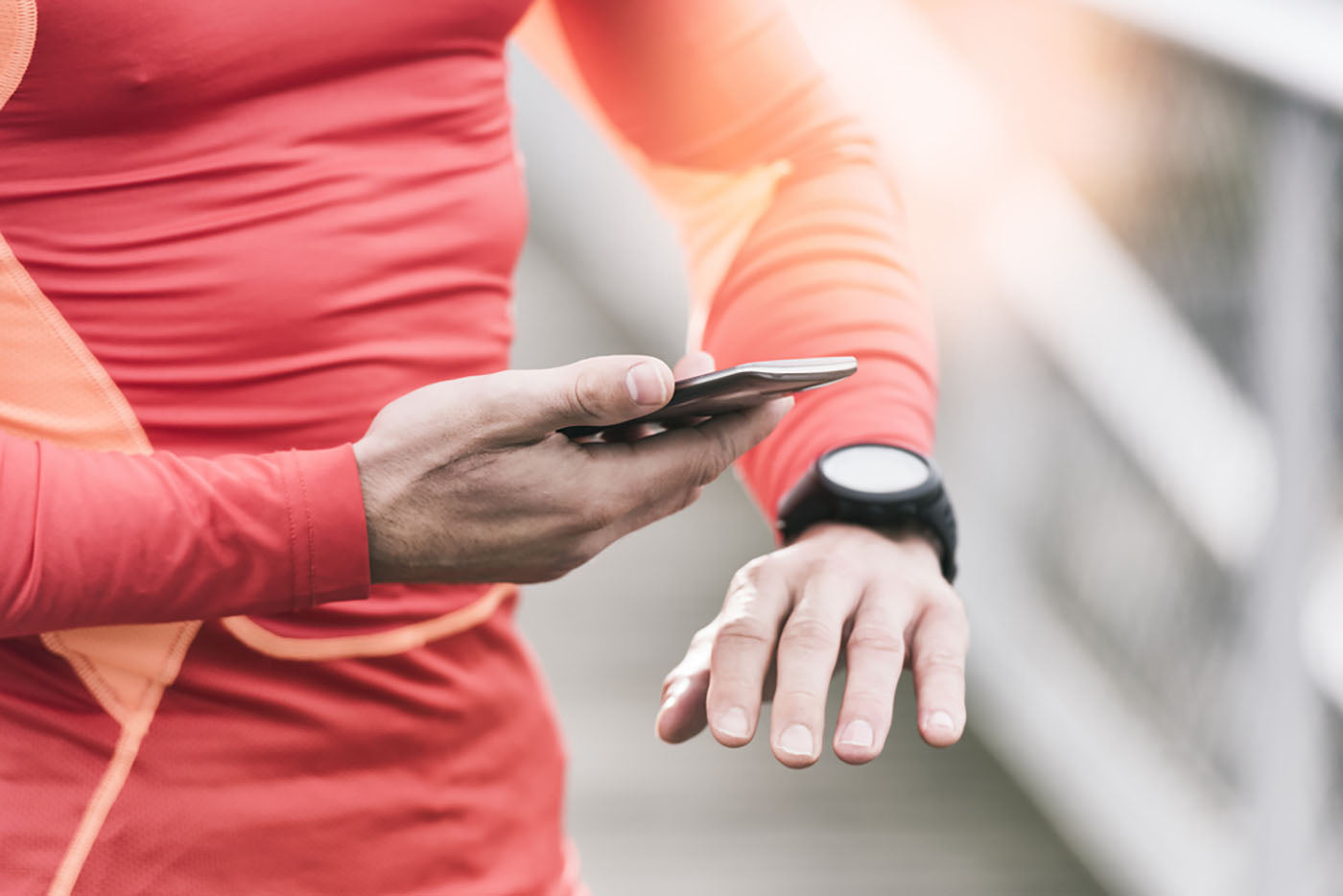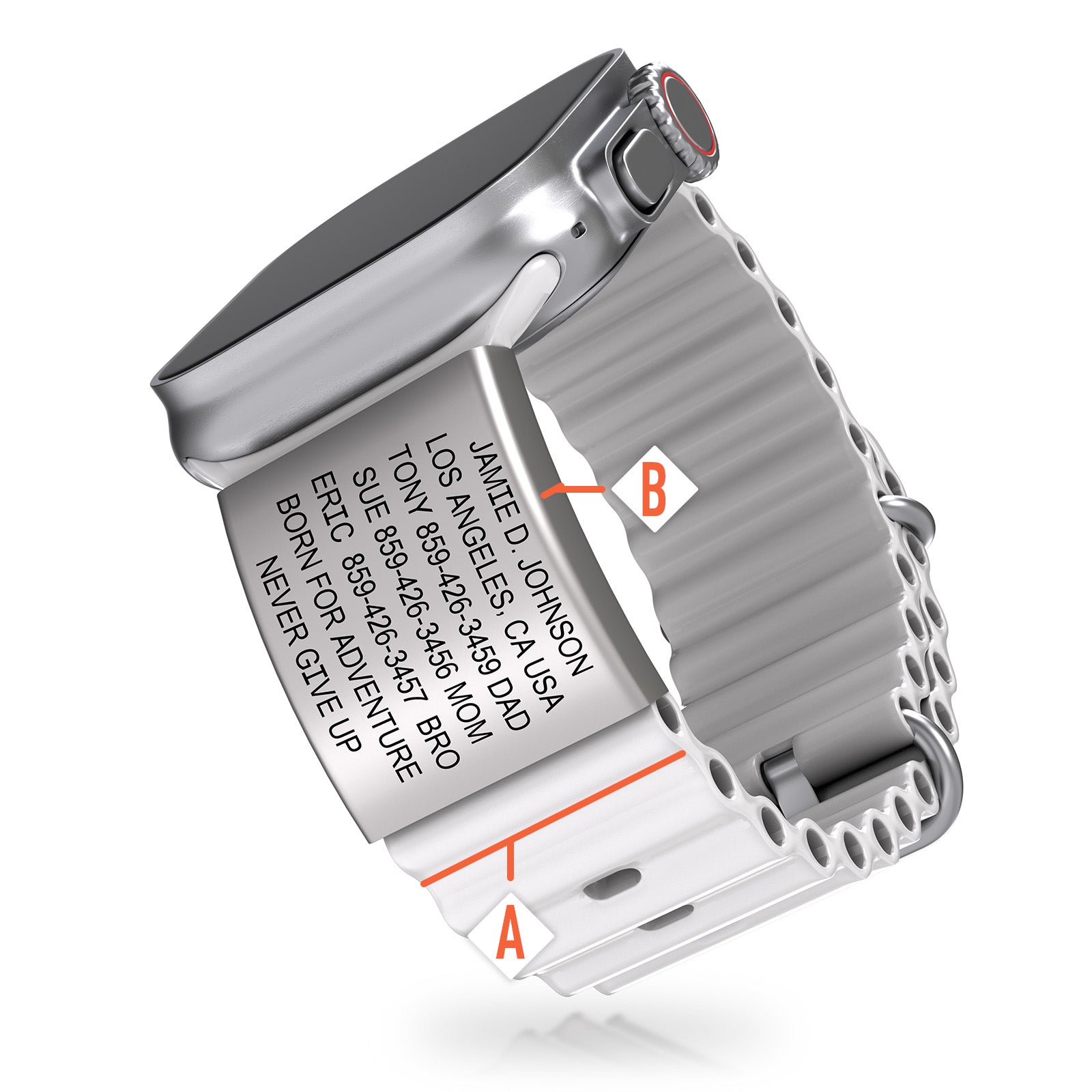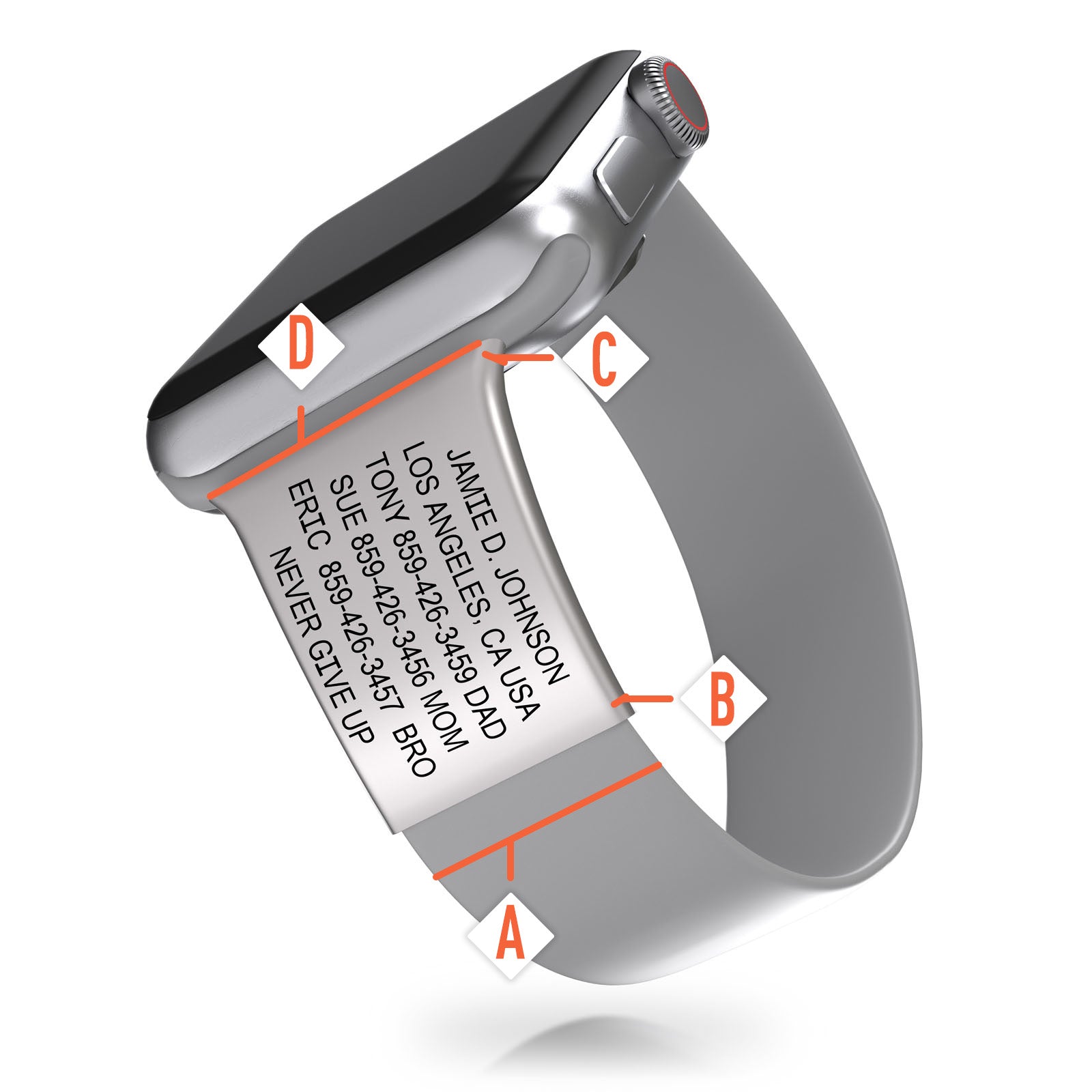Running alone is a wonderful thing. It allows you to set your own pace and go your own way. But it does pose its risks. Nearly half of all women have been harassed while running, with numerous accounts of assaults and worse regularly appearing on news sites.
How do you stay safe while running alone? Safety tips for running alone don’t have to be over the top. With the following tips, you can effectively protect yourself while getting your miles in.
1. Remain alert
Don’t let your guard down while running. You need to remain aware of your surroundings, from the buildings and environment around you to the people and cars you see passing by. Listening to music or podcasts can be a great motivator, but it's important to ensure that you can still hear ambient noises to stay alert. Regularly scanning your environment and avoiding any potential blind spots can help ensure your safety.
2. Keep your cool
Don’t show your fatigue. A major worry for many runners is that they will appear tired, thus making them a mark to potential criminals and aggressors. Even as fatigued as you are, you should do your best to keep your cool – catch your breath and slow your pace if that’s what it requires. Your safety should always come first over a workout. Keeping a confident posture and maintaining a steady gaze can deter unwanted attention. If you ever feel threatened, prioritize getting to a safe location over continuing your run.
3. Bring your ID along
You want to make sure you have identification on you, in the event of a personal emergency – whether it be injury or medical crisis. Wearing something as simple as a medical alert bracelet is enough to keep you safe. It will allow you to carry your relevant medical information right on your wrist, as well as your name, emergency contact information, allergies and more.
For solo runners, this is especially critical, as it can speed up response times and ensure appropriate medical care. Additionally, while pepper spray is a great tool for defense, ensuring you have identification can be equally important to avoid running into potential complications without anyone knowing who you are or how to help.

Source: Serhii Bobyk/Shutterstock
4. Listen to your instincts
The traditional saying goes that you should listen to your gut. If you’ve found it to be true in the past, you should do the same while out on a run. Take a turn down a street that feels off? Notice someone running behind you who appears to be following you? Have you seen a car pass by a few times, and have you seen the passengers looking at you? If so, it's the right time to change your route, call for help and begin making noise to get the attention of those around you.
5. Carry a personal safety device
Don’t be afraid to carry a self-defense weapon, either. While you might not feel comfortable with it at first, a personal safety device, such as pepper spray or a keychain weapon, helps you protect yourself with ease. In the face of sudden aggression, you can wield the device to either defuse the situation while getting help or to fight off your attacker. For those unsure about using such devices, self defense classes can be invaluable, offering hands-on training and real-world scenarios to practice. Preparing for the worst case scenario can empower a solo runner, making them feel more secure when running solo.
6. Stay safe with a running app
Chances are you’ll have your phone on you. If so, you certainly need to have a running app installed. And we don’t just mean an app that captures your GPS data, allowing you to track your mileage, elevation and pace. You should have a running app that keeps you safe. The ROAD iD Run + Ride app allows you to not only share a live GPS location with friends and family, it also features an S.O.S. button in the event that you need immediate help. Especially when running outside daylight hours, having a safety-centric app can be a lifeline, ensuring that even if you're a solo runner, you're never truly alone.

Source: Skumer/Shutterstock
7. Don’t run at night
While night runs are incredibly calming and peaceful, they can also be dangerous. If you do decide to run at night, you should take your precautions. Run with an illumination vest, wear a headlamp, watch your footing, listen to your surroundings and watch out for vehicles, people and stray animals. Consider plotting out safe running routes ahead of time to avoid poorly lit areas. It's always a good idea to familiarize yourself with the route during the daytime first before attempting it at night.
8. Leave the headphones at home
Don’t allow yourself to be caught off-guard. While running with music can be peaceful, it can also be distracting. If you do feel as if you need music to complete a workout, settle by only running with one headphone. It will allow you to still listen to your surroundings. To better prepare for worst-case scenarios, consider taking a self defense class. These classes can teach you vital skills to use if you ever find yourself in a threatening situation.
9. Protect yourself
Above all else, you need to protect yourself – whatever it takes. If you ever find yourself in a dangerous situation, do everything you can to stay safe. Put your whole body into it and save yourself. Investing in a self defense class can give you an edge and boost your confidence when out alone. Additionally, carry pepper spray as part of your safety gear, ensuring you have an immediate tool for protection.
Stay Safe While Running Alone
Don’t play with fate on your next solo run. Instead, take precautions to ensure you remain safe from your first step to your last. Whether it’s wearing the proper gear or downloading a running app onto your phone, you need to take the time to protect yourself – before anything happens.
